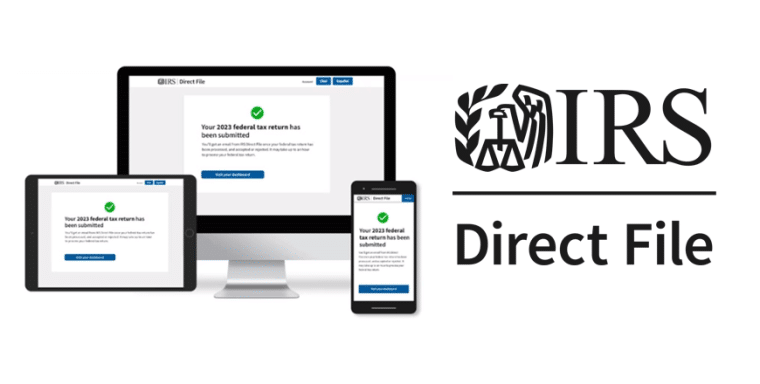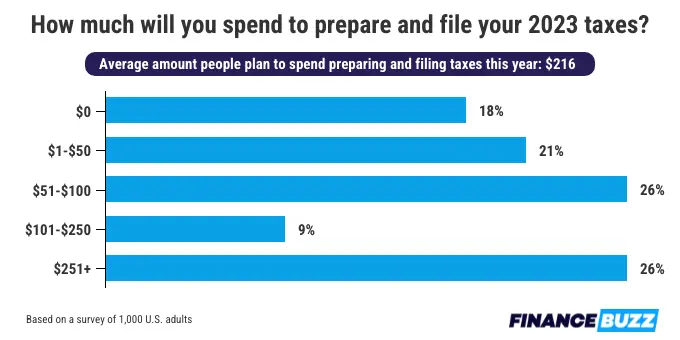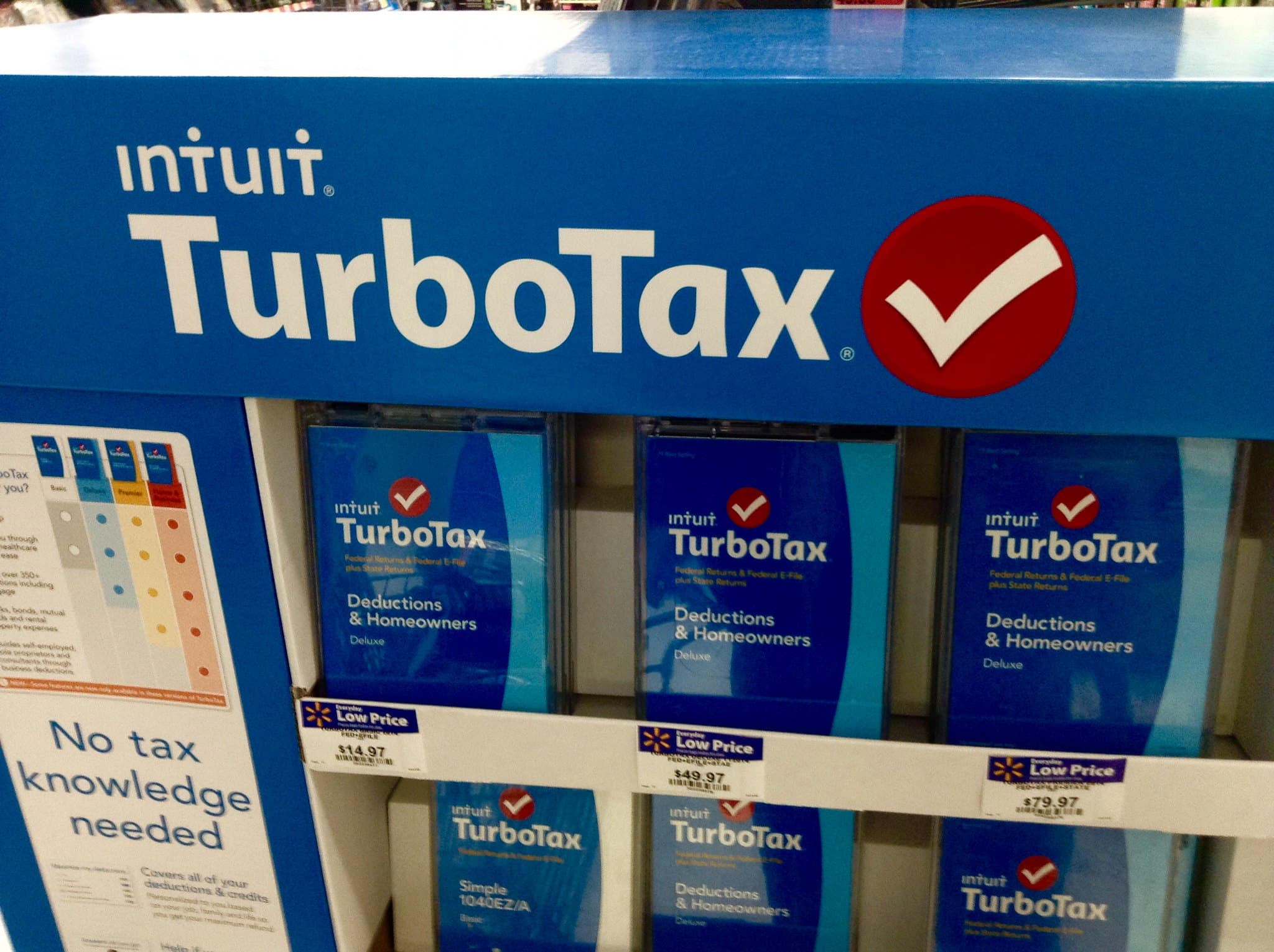In April this year, the Internal Revenue Service (IRS) informed that it had successfully completed a pilot test of its Direct File free tax filing software with participants from 12 states who relied on the tool to file their taxes for the 2024 season.
For decades, the idea of a free government tax filing system has been proposed and discussed but it has never fully materialized. Instead, many Americans have long been forced to pay for software like TurboTax to help them file. The launch of Direct File would mark a potential turning point to this reality as it would immediately challenge the dominance of companies like Intuit (the creators of TurboTax) and H&R Block, which have long profited from the complexity of the US tax code (and the lack of a free filing platform).
“From the very beginning of the Direct File pilot, we wanted to test new ways to give taxpayers an easy, accurate and free way to file their taxes online directly with the IRS,” commented IRS Commissioner Danny Werfel in a press release published on April 26. “We saw a strong response from the pilot, and Direct File’s users generally found it fast and easy to use.”
Over $90 Million in Tax Refunds Were Claimed with Direct File
The IRS reported that over 140,000 taxpayers successfully filed their federal tax returns using Direct File during the pilot phase. While intentionally limited in scope, the program’s usage far exceeded the agency’s expectations. More than 3.3 million taxpayers started the eligibility checker while 423,450 managed to log into Direct File.

Of those, 140,803 taxpayers submitted accepted returns. Users claimed over $90 million in tax refunds while $35 million in tax balances due were reported.
California led the way with 33,328 accepted returns, followed by Texas with 29,099, Florida with 20,840, New York with 14,144, and Washington state with 13,954. These numbers suggest a strong appetite for a free, government-sponsored, tax filing option that is available nationwide.
Also read: Best Crypto Tax Software for 2024 – Top 10 Picks
A key measure of success for any new government technology is user satisfaction. According to a survey of over 11,000 Direct File users, the results were overwhelmingly positive. According to the IRS’s press release, 90% of the respondents ranked their experience as “Excellent” or “Above Average” with users being particularly fond of the system’s ease of use, trustworthiness, and the fact that it was free.
Perhaps most importantly, 86% of users said that using Direct File increased their trust in the IRS, a significant achievement for an agency often viewed with skepticism by the public.
The IRS took a modern, user-centered approach to developing Direct File. Bridget Roberts, head of the Direct File team, described the process: “We were going through constant user research—putting pieces of Direct File in front of taxpayers and getting their feedback. That way, if there were any bugs, we would fix them before we moved on.”
This approach included creating a prototype by mapping the tax code into a series of steps, extensive language testing to ensure taxpayer comprehension, and screen-sharing with early testers to identify and fix bugs.
The IRS Initially Targeted Simple Tax Scenarios
The IRS also collaborated with the U.S. Digital Service and 18F – two agencies that source tech talent for government projects.
The IRS intentionally designed the pilot to start small and expand gradually. For the 2024 tax season, Direct File was limited to 12 states and relatively simple tax scenarios, such as W-2 wage income with standard deductions and common credits.
Also read: Does Payroll Software Help You Calculate Taxes?
The system also integrated with state tax systems in Arizona, California, Massachusetts, and New York. This cautious approach allowed the IRS to test and refine the system without risking widespread disruption if problems arose.
The total cost of the Direct File pilot, including the initial feasibility study, was $24.6 million. Notably, the operational costs—including customer service, cloud computing, and user authentication—were just $2.4 million. This efficiency highlights the potential for significant cost savings compared to the current system of tax preparation.
Tax Preparation Giants Lobbied Heavily to Block Free Government-Sponsored Software
The development of Direct File comes after years of intense lobbying by the tax preparation industry to prevent the government from offering free tax filing software. Companies like Intuit have long argued that such a system would be inefficient and potentially harmful to taxpayers. Naturally, their main goal was to stop the IRS from providing a free version of their service, and its lobbying efforts worked wonders for decades.

As online filing became the prevalent choice, Intuit and others worked to protect their business model. Kiel continued: “The big hinge point comes [with] the Bush administration, [as] part of this general push to increase government services through the internet. They say, why don’t we build a simple tax program? This is only for low-income people who have very simple taxes, people who just have a W-2, and maybe they have a kid they need to put in there.”
This proposal “totally freaks out Intuit. And it starts lobbying on the Hill,” Kiel said.
The result of this lobbying was the creation of the Free File Alliance in 2003, a partnership between the IRS and tax preparation companies. Under this agreement, companies would offer free filing for low-income taxpayers. In exchange, the IRS will stop its efforts of developing free tax filing software. It’s strange that this agreement was made as the IRS must have known that these companies would likely try to disincentivize or even hide their free options.
Naturally, the Free File program was plagued by issues, including the immense difficulty in finding and accessing the free options, complicated eligibility requirements, and allegations that the companies were deliberately hiding their free offerings.
Kiel revealed that “Intuit was purposely hiding its free-file government program page. What we found is that when you Googled free file, Intuit’s paid “free” edition — what it called its “free edition” — would come up. That’s the bait-and-switch version, not the government program.”
Also read: Intuit Online Payroll Review – Tax-Friendly Payroll Software
The shortcomings of the Free File Alliance, combined with increased scrutiny of the tax preparation industry as a whole, ultimately led to widespread calls for a government-sponsored free filing system. A pivotal moment came with the Inflation Reduction Act of 2022, which provided $15 million for the IRS to study the feasibility of such a program, paving the way for Direct File. The lobbying efforts of Intuit and its competitors were successful for far too long, but it seems like the tables are finally turning.
The IRS Still Needs to Overcome Several Challenges to Substitute Commercial Software
While the initial pilot has been successful, the IRS still needs to tackle various challenges to expand the reach of Direct File. First, the current pilot only covers simple tax situations. Expanding its scope and reach to incorporate more complex returns will require significant software development efforts.
Moreover, opposition from industry titans will certainly continue, with tax preparation companies potentially influencing lawmakers to resist the expansion of Direct File by, for example, flagging its many weaknesses of the free system to undermine its credibility (and just donating to various campaigns).
The IRS will also need to ensure that it can scale the system to handle millions of returns securely and reliably. Finally, building public awareness and trust in a government-built alternative will take time as many Americans are accustomed to using commercial tax software.
If successful, Direct File could have a far-reaching impact on tax filing in the United States. It could lead to significant savings for taxpayers who currently pay hundreds of dollars to access sophisticated tax preparation services and it could improve the accuracy of tax returns, which would potentially reduce audits and errors.
Beth Simone Noveck, a professor of experiential artificial intelligence who has helped develop tech platforms for the government, sees Direct File as a model for other government services: “The big difference is a couple of things. What they did in the direct-file case, in the IRS, is to build incrementally. They started with a pilot and they built it in pieces, rolling it out one piece at a time.”
As the IRS evaluates the pilot’s results and surveys all relevant stakeholders, the future of Direct File hangs in the balance. Commissioner Werfel stated that the agency “will be reviewing the results of the pilot and gathering feedback to help us determine our future course involving Direct File.”
On 30 May, the IRS announced that Direct File will be a permanent option for taxpayers for the 2025 tax season.
#IRS makes Direct File a permanent option to file federal tax returns. Learn about the expanded access planned for more taxpayers for the 2025 filing season: https://t.co/ux1S0JfNmm pic.twitter.com/ppBW378Unx
— IRSnews (@IRSnews) May 30, 2024
The development of Direct File represents a rare success story in government technology and provides evidence that the combination of adequate resources, expertise, and user-centered design can lead to the creation of efficient public digital services.
As the IRS considers its next steps, taxpayers will probably keep an eye on its advances to see if this pilot program can evolve into a nationwide solution for free, direct tax filing, that potentially puts an end to the expensive dominance of tax preparation giants.
